Hessonite
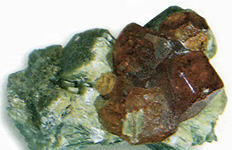 Mineral characteristic.
Mineral characteristic.
The best known species of long grossularite - Hessonite (Essonne), or "cinnamon stone". Hessonite - variety of garnet-grossularite honey-yellow or orange color. From a distance gessonita orange color can be seen as red. When artificial light coloring of some cut stones of this type appears even brighter than in daylight. The purple-red or purple garnets too often believe gessonitami.
Hessonite not so strong as mineral hyacinth (zircon), which can be similar. Thanks to this feature, Hessonite and got its name (Greek hesson -. Weak, lower, lower). Besides hessonite lower quality and value than other similar shades grenades.
Gessonity mined in Italy, India, Germany and Russia in the South Urals. On international markets, those stones also come from Mexico and Sri Lanka. Best gessonity come from complex placers of Sri Lanka, where, according to geologists, the layer containing gemstones, 9/10 covers the whole territory of the island. Color gessonitov of these placers orange, red, red-orange and brown. In addition, Hessonite is found in the Alps, the Urals (Akhmatova's Mine) and elsewhere. The museums of the CIS countries and other states kept a lot of vintage jewelry, salaries of icons and other items of church plate with excellent gessonitami.
The magical properties of stones.
In Hindu mythology associated with yellow nails gessonity god Vala. It is believed that gesonity help combat the illusions and to develop creative skills.
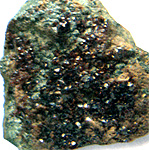
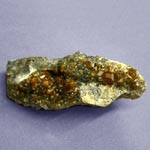
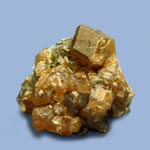
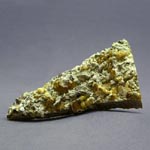
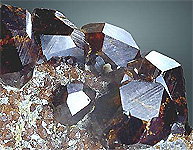
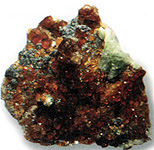
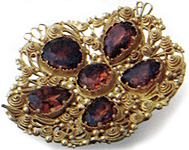
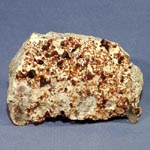
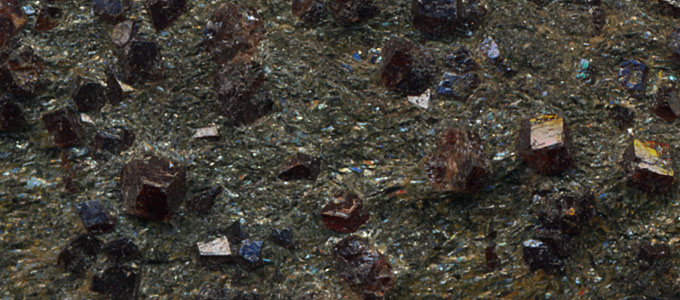
Toxic and hazardous radioactive rocks and minerals
** - Poisonous stones and minerals (obligatory check in chemical laboratory + clear indication of toxicity).
** - Radioactive rocks and minerals (obligatory check on a regular dosimeter + ban on the open sale of radioactivity in the event of more than 24 mR / hour + additional measures to protect the population).
All rare stones should always be checked on a regular dosimeter on the permissible level of radiation and a chemical laboratory in the absence of toxic and volatile components which are hazardous to humans and the environment.


Comments
Commenting, keep in mind that the content and the tone of your messages can hurt the feelings of real people, show respect and tolerance to his interlocutors, even if you do not share their opinion, your behavior in terms of freedom of speech and anonymity offered by the Internet, is changing not only virtual, but real world. All comments are hidden from the index, spam control.